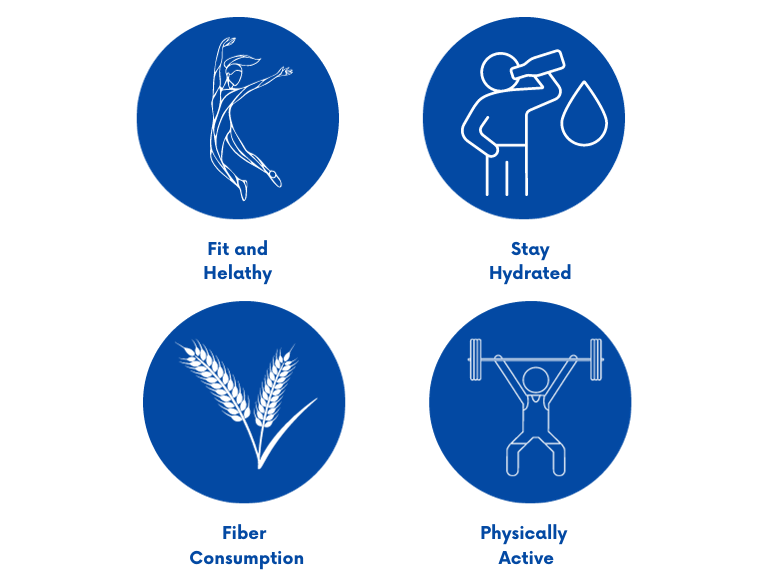Embarking on a journey towards optimal well-being involves understanding the significance of Hemorrhoid Prevention. Incorporating strategic diet and lifestyle changes can be instrumental in steering clear of the discomfort associated with hemorrhoids. Let’s delve into effective ways to maintain digestive health and promote piles Prevention.
The Role of Diet in Maintaining Digestive Health
When it comes to averting hemorrhoids, a well-balanced diet plays a crucial role. Taking proactive steps involves incorporating fiber-rich foods, such as whole grains, fruits, and vegetables, into your daily meals. These foods promote regular bowel movements, reducing the likelihood of constipation—a common contributor to hemorrhoids.
Hydration is another key aspect of a diet for averting hemorrhoids. Ample water intake softens stools, making them easier to pass and minimizing strain on the rectal area. Remember, prevention begins at the table, and small dietary adjustments can make a significant difference.
Lifestyle Changes for Avoiding Hemorrhoids
Maintaining an active lifestyle is paramount for Proactively Avoiding Hemorrhoids. Regular exercise not only helps control weight but also improves blood circulation, reducing the chances of developing hemorrhoids. Simple activities like walking, swimming, or yoga can contribute significantly to overall digestive health.
Maintaining a healthy weight is equally crucial. Excess weight can exert undue pressure on the rectal veins, increasing the risk of developing hemorrhoids. Preventing Hemorrhoids involves adopting a holistic approach that includes both a nutritious diet and regular physical activity.
Can Hemorrhoids Go Away with Diet Change?
One common question is whether dietary adjustments can alleviate existing hemorrhoids. While diet alone might not make hemorrhoids disappear, it can certainly help manage symptoms and prevent their recurrence. Including foods that support digestive health and avoiding triggers like spicy or processed foods can contribute to relief.
Is Egg Good for Hemorrhoids?
Dietary choices often prompt questions about specific foods, including eggs. Eggs are generally considered a part of a balanced diet for Proactively Managing Hemorrhoids. They are a good source of protein and can be included unless individual sensitivities suggest otherwise. However, it’s crucial to focus on an overall diet that includes a variety of nutrients to support digestive well-being.
Aulatin™ : Hemorrhoids Relief
For those who are looking for relief from Hemorrhoids, then Aulatin™ can offer valuable assistance. Aulatin™ is recognized as one of the best medicines for addressing hemorrhoid concerns.
In conclusion, prioritizing a diet rich in fiber, staying hydrated, and adopting a healthy lifestyle are key elements of effective Hemorrhoid care. Small, consistent changes can contribute to overall digestive health and significantly reduce the risk of developing hemorrhoids.
Remember, it’s essential to consult with a healthcare professional for personalized advice. Implementing these diet and lifestyle changes can pave the way for a hemorrhoid-free and healthier life. Embrace these strategies today for a more comfortable tomorrow! To explore additional support, check out Aulatin™ for a holistic approach to Hemorrhoid Prevention.



